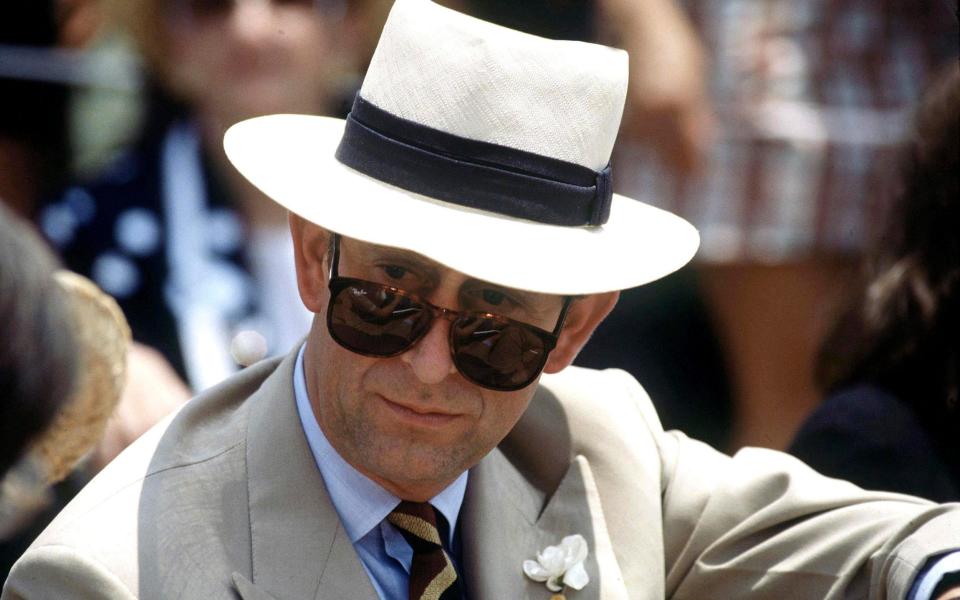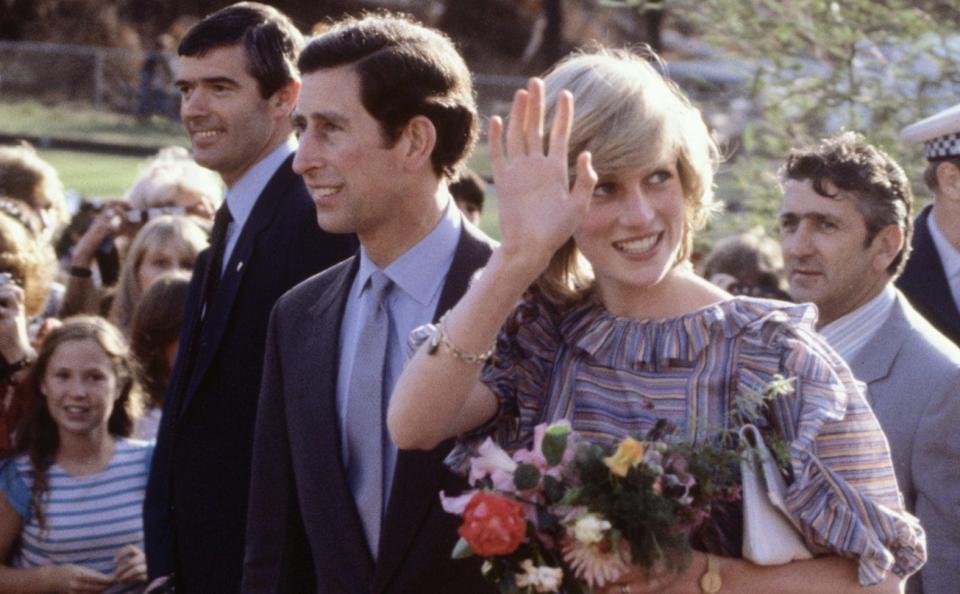Why Australia’s new banknote could give King Charles a royal headache

As headlines go, they couldn’t have been worse for a new monarch hoping to make a positive impact in Australia.
“King Charles III dumped from $5 note,” screamed Sydney’s Daily Telegraph earlier this week.
Out of the many challenges Charles has faced over the years in Australia, including an attempted shooting and encounters with lizards and snakes, he’s never had to deal with the embarrassing issue of being “ghosted” from a bank note – until now.
It may not be a purposeful “off with his head” snub, but the decision to leave the King off a new $5 bank note is raising questions among commentators and the public over Australia’s future relationship with the monarchy.
While the King will still appear on new Australian coins, the $5 note, which has featured the late Queen’s image since 1992, will instead be redesigned to honour indigenous Australians and their history. In other words, Australia’s new head of state will jingle but he won’t fold.
Among the Australian public, many of whom were so upset about the death of Queen Elizabeth II that the Government declared a public holiday, the reaction was mixed.
“I still view the monarchy as part of the Westminster system of government and of mechanism for political security,” says Dean Hayes, an author and intensive care nurse, explaining that he hopes the move to leave the King off the new design doesn’t signal a republican future. “Without the monarchy, I worry Australia could become a Wild West show.”
However, Perth lawyer Clare Thompson, was unsentimental in her opinions, saying she welcomed the decision: “I’ve always been unsupportive of the monarchy.”
Such views were echoed by Ian Hamm, chairperson of the First Nations Foundation, who welcomed the announcement by Australia’s Reserve Bank, suggesting it marked a tipping point. “We are maturing as a nation and uncoupling ourselves, slowly but surely,” he told Channel Ten.

However, there have been similar republican flare-ups before. Those with long memories and, more recently, viewers of The Crown will remember Charles and Diana’s 1983 tour to Australia and New Zealand. It was designed to halt the march of republican feeling, and by all means succeeded, setting the cause back decades according to news reports at the time. But it didn’t have a similarly cohesive effect on the royal marriage, with Diana famously outshining Charles.
So, certainly, it hasn’t always been a harmonious experience for the King during his 16 official visits to Australia, after spending two school terms at a private school in Victoria. There was also the episode in 1994 when a 23-year-old man, David Kang, was arrested after firing a starter pistol at Charles as he prepared to hand out Australia Day awards in Sydney.
Many saw the incident as a turning point for Charles in Australia; he didn’t return to the country during the 1990s and has only made four more tours, in 2005, 2012, 2015 and 2018. But perhaps it’s salient to note that weeks-long Royal tours to the other side of the world might be gruelling. Also that the King is now 74.
Yet, his sparse visits have not disgruntled all Australians. One “proud monarchist”, retired care worker Jennie Devereaux, called for the King to visit the country as soon as possible to help fill the huge void and apathy she said the nation feels since the loss of the Queen and following the scandals surrounding Prince Andrew and Prince Harry.
“I think once Charles comes here again with Camilla, eventually his popularity will surge,” she says. “I think he is a good man and needs to be given the chance to carve his own path. I personally love the monarchy and the historical link it gives Australia.”
However on Twitter, the subject of the new note was a trending subject, but largely not in the King’s favour. One Twitter user in Sydney was pleased the monarch had been dropped, saying; “I think it’s a very good start and dovetails well to the voice for our independent nation… It’s all part of the bigger plan for Australia.”
And that begs the question, what is the bigger plan?

For many political observers the failure to place the King on the new note signals the direction the Labor Party Prime Minister Anthony Albanese, a long-time republic supporter, wishes to take the country, leading to possibly another referendum on the issue – in 1999, 55 per cent of Australians voted against becoming a republic.
Among the voices angered by the decision about the design of the new note was the Australian Monarchist League, which accused Albanese of “trouncing Australian democracy”.
And Australia’s opposition leader, Peter Dutton, weighed in shortly after the announcement, saying Albanese would “have been central” to not placing King Charles on the note and should “own” the decision. “I think it’s another attack on our systems, on our society and our institutions,” he said.
A poll undertaken shortly after the Queen’s death last September showed a majority of Australians are in favour of the nation remaining a monarchy instead of transitioning to a republic. It found that 60 per cent of people want to remain in the monarchy – an increase of five per cent since late 2021 – while 40 per cent would prefer Australia to be a republic.
However, in my own quick personal Twitter poll, asking whether people felt less supportive of having a ruling monarch due to the passing of the Queen and the recent revelations by Prince Harry, 76 per cent of the 400 people who voted said they did.
While Twitter in Australia can tend to be left-leaning and not necessarily representative of a nation’s entire demographic, it’s clear the King will still have to work hard to engage a nation that has modernised dramatically since the start of his mother’s reign.
Speculation has centred around The Prince and Princess of Wales’ proposed visit to Australia this year; this latest development suggests it might be wise for the new King to take the long flight down under first.

